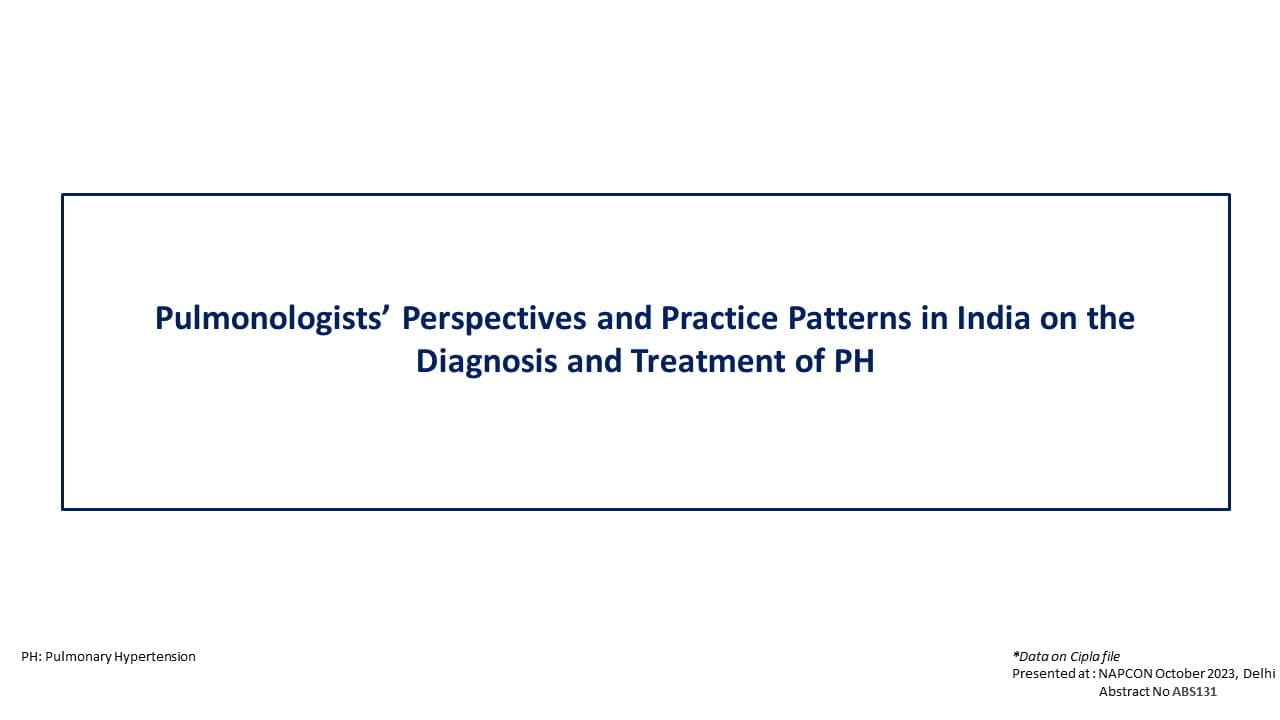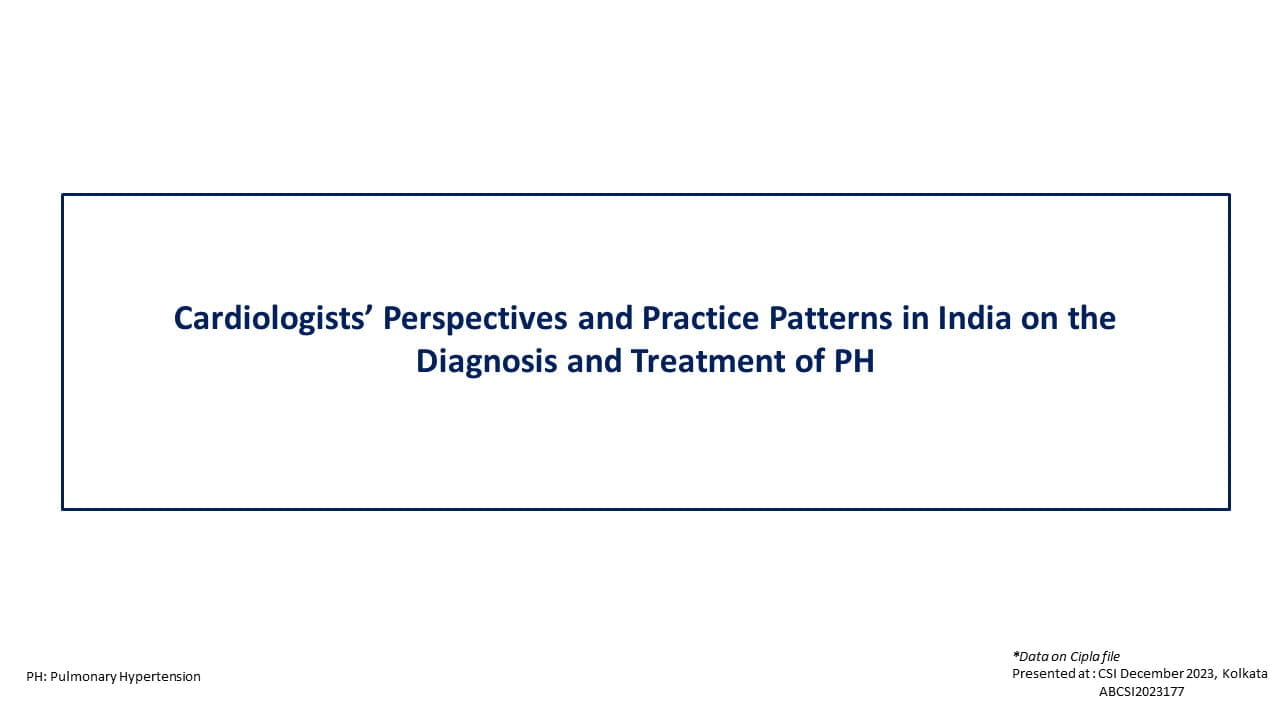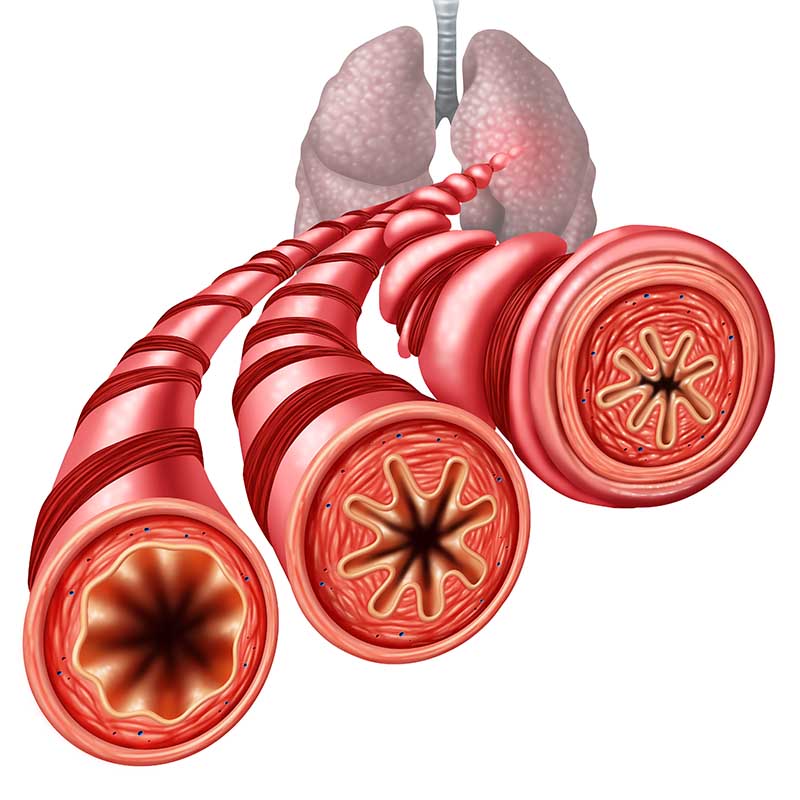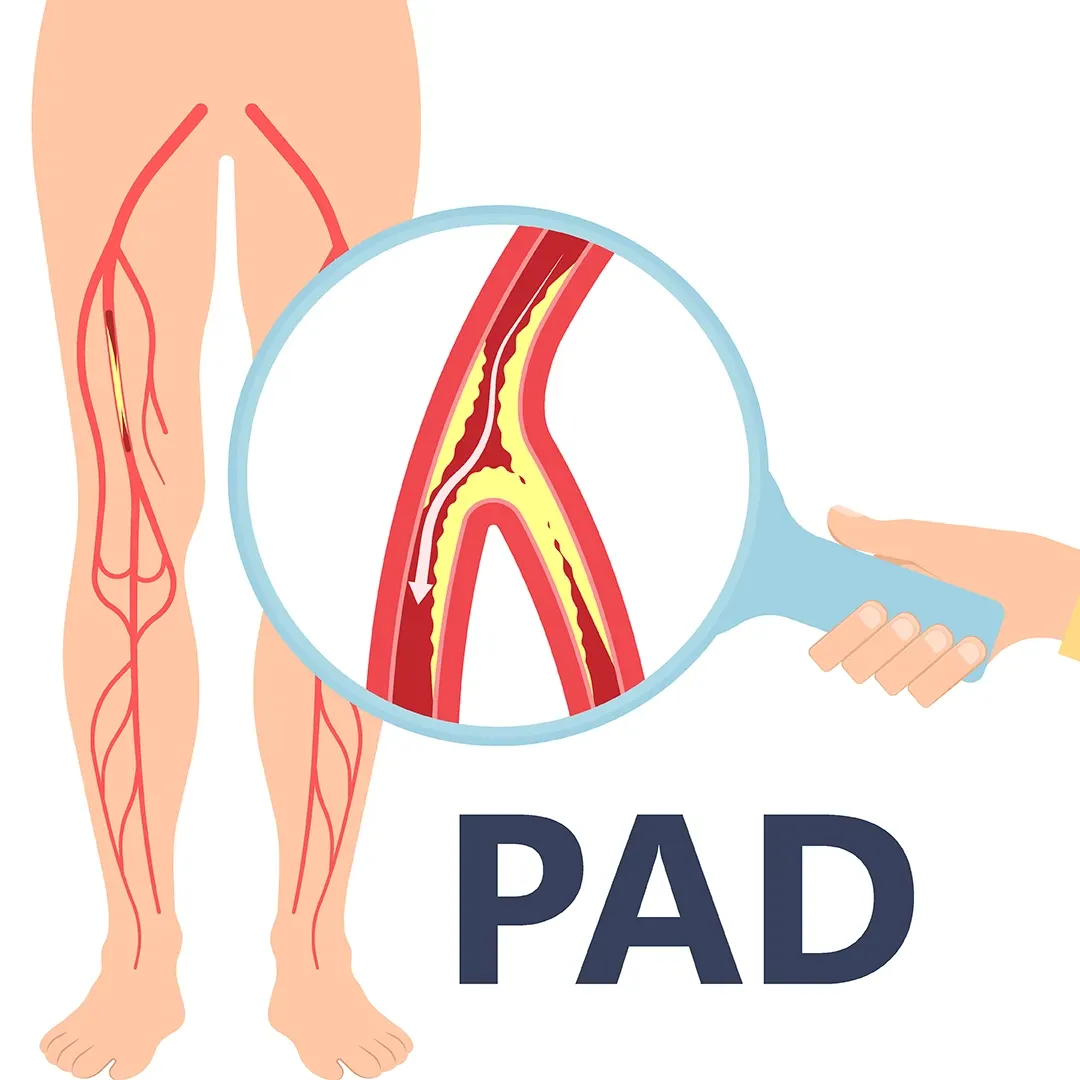Introduction
Individuals with obesity and a normal metabolic profile are often referred to as having ‘metabolically healthy obesity’ (MHO). It is already known that individuals with MHO have a higher risk for obesity-related outcomes such as atherosclerotic cardiovascular disease (ASCVD) and diabetes; however, little is known about the risk of obesity-related outcomes such as heart failure (HF) and respiratory diseases in this group.
Aim
To determine the association of MHO with a wide range of obesity-related outcomes, including all-cause mortality, diabetes, ASCVD, HF and respiratory diseases.
Profile of the Study Population
- Participants of the UK Biobank who were not underweight and had complete data on height, weight, blood pressure (BP) and blood-based markers (n=381,363)
- The metabolic health of the participants was defined based on six metabolic markers comprising BP and five blood-based biomarkers, i.e., C-reactive protein (CRP), triacylglycerols, low density lipoprotein cholesterol (LDL-C), high-density lipoprotein cholesterol (HDL-C) and glycosylated hemoglobin (HbA1c)
- Participants with a BMI ≥30 kg/m2 and at least four of the six metabolically healthy criteria were classified as MHO
Methods
Study Design
- A population-based prospective cohort study
Outcomes
- Incident diabetes and incident ASCVD [fatal ischemic heart disease (IHD) or non-fatal myocardial infarction (MI) or fatal/non-fatal stroke], HF and respiratory diseases [chronic respiratory diseases and chronic obstructive pulmonary disease (COPD)]
Median Follow-up
- 11.2 years
Results
- Of the entire study population (n=381,363), 15.6% participants (n= 59,376) had metabolically unhealthy obesity (MUO), 54.7% (n=208,625) had metabolically healthy non-obesity (MHN), 20.5% (n=78,259) had metabolically unhealthy non-obesity (MUN) and 9.2% (n=35,103) had MHO.
- Individuals with MHO vs. those with MHN had higher rates of incident diabetes, ASCVD, MI, stroke, HF, respiratory diseases, COPD and all-cause-mortality (Table 1).
Table 1: Association between MHO and the outcomes with MHN as the reference
|
Outcome |
HR |
95% CI |
|
Diabetes |
4.32 |
3.83-4.89 |
|
ASCVD |
1.18 |
1.10-1.27 |
|
MI |
1.23 |
1.11-1.37 |
|
Stroke |
1.10 |
1.01-1.21 |
|
HF |
1.76 |
1.61-1.92 |
|
Respiratory diseases |
1.28 |
1.24-1.33 |
|
COPD |
1.19 |
1.11-1.28 |
|
All-cause mortality |
1.22 |
1.14-1.31 |
CI: Confidence interval; HR: Hazard ratio
- In general, the incident rate of cardiovascular and respiratory outcomes was highest in MUO, followed by MUN and MHO. However, for incident fatal HF and incident respiratory diseases, the rates were higher in individuals with MHO vs. those with MUN.
- Individuals with MHO had higher incident rates of diabetes (HR; 2.06, 95% CI; 1.77-2.40), HF (HR; 1.60, 95% CI; 1.45-1.75) and respiratory disease (HR; 1.20, 95% CI; 1.16-1.25) but not of ASCVD when compared with non-obese individuals (regardless of MHN or MUN status).
- Overall, the associations of MHO were generally weaker for fatal outcomes and significant only for all-cause (HR; 1.12; 95% CI; 1.04-1.21) and HF-related mortality (HR; 1.44, 95% CI; 1.09-1.89).
Conclusions
- Individuals with MHO were at a substantially higher risk of diabetes, ASCVD, HF, respiratory diseases and all-cause mortality as compared with individuals with MHN.
- Individuals with MHO were at a higher risk of HF and respiratory disease even than those with MUN
- Weight management should be recommended for all obese people, irrespective of their metabolic status, to lower risk of diabetes, ASCVD, HF and respiratory diseases.
- The term ‘MHO’ being misleading, should be avoided. Considering the heterogeneity of MHO population, various strategies should be essentially explored for risk stratification.
Diabetologia. 2021; 64:1963–72.










